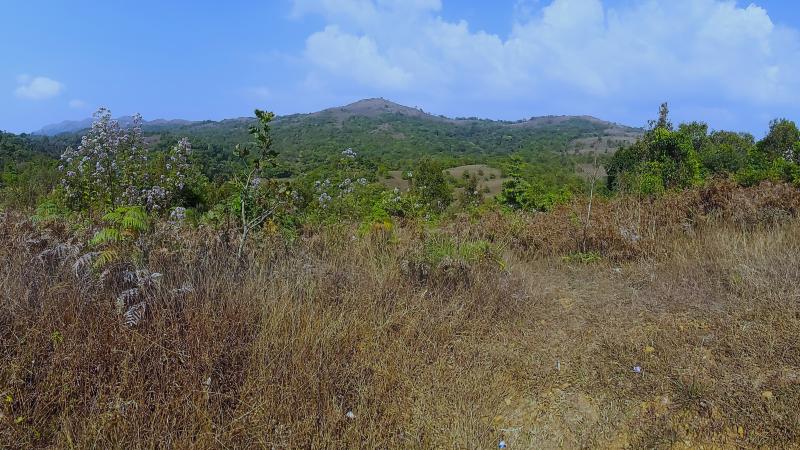
The ancient, mist-shrouded Western Ghats, one of the world's most vital biodiversity hotspots, is facing threats to its ecological health. Researchers from the Birla Institute of Technology and Science investigated the dynamics of terrestrial productivity of the Western Ghats from 2001 to 2023, identifying the various factors that influence it. Specifically, they conducted a new integrated analysis of the region’s Net Primary Productivity (NPP) dynamics. NPP is the rate at which plants and other primary producers accumulate energy into organic matter, also called biomass, and serves as a marker for assessing ecological security and vegetation dynamics.
The finding reveals that the ecological productivity of the Western Ghats is being affected by a synergistic interaction between climate change and human activity. The team primarily used data from NASA’s Moderate Resolution Imaging Spectroradiometer (MODIS), a satellite-based instrument that collects data in 36 spectral bands to study Earth's land, oceans, and atmosphere.
The study found that the degree of influence on NPP is primarily driven by vegetation parameters (58.96%), followed by climatic indicators (21.97%), anthropogenic factors (17.39%), and finally, topographic condition or the landscape itself (1.68%). The approach used to assess spatial heterogeneity also showed that factor combinations had the most significant impact. Specifically, the interplay of Land Use Land Cover (LULC), which measures how the land is used, with indicators of vegetation health, like Fraction of Photosynthetically Active Radiation (FPAR), Leaf Area Index (LAI), Normalised Difference Vegetation Index (NDVI), and Enhanced Vegetation Index (EVI), along with Land Surface Temperature (LST), proved to be the most significant drivers of change.
The findings show that the relationship between these factors is complex and often non-linear. For instance, all interactions involving precipitation (PPT) with other variables (such as temperature, LULC, and vegetation indices) showed a nonlinear enhancement, meaning the combined effect was greater than the sum of their individual effects.
The study found that rainfall (PPT), NDVI, and LAI consistently showed a positive, significant relationship with NPP, indicating that increases in these variables generally lead to higher productivity. In contrast, EVI and LST generally had a negative impact. LST, which is a measure of plant temperature and soil moisture, consistently showed a highly significant negative coefficient, indicating that higher land surface temperatures generally reduce NPP. The consistently negative EVI coefficients suggest a complex dynamic where densely vegetated areas might not always translate to higher productivity.
A particularly worrying trend is the decline in forest productivity, despite an overall increase in forest cover. The researchers suggest this could be attributed to the expansion of forests into less fertile regions or to the growth of younger forests that are less productive. The decline in Net Primary Productivity in Savannas, with a rate of change of -4.75 to -4.99%, also indicates the possibility of ecological shifts or a substantial reduction in trees outside forests.
The authors, however, acknowledge that NPP can be quite complex to calculate and is also affected by other factors not included in this analysis, such as soil moisture, CO2 levels, humidity, dew point temperature, soil type and quality, and wind. Future studies incorporating these additional parameters would provide even greater insights into the complex dynamics of NPP.
Nonetheless, the study provides an integrated approach to assessing the productivity of the Western Ghats. The findings underscore the urgency of integrating climate resilience into conservation strategies for the Western Ghats, which is renowned for its biodiversity and ecological importance. By highlighting the critical role of Land Use Land Cover (LULC) and vegetation indices in driving ecological productivity, the study calls for a holistic approach. This includes implementing strong local governance, community-based conservation efforts, and effective landscape-level zoning, ensuring the Western Ghats can better respond to significant climate threats.
This article was written with the help of generative AI and edited by an editor at Research Matters.
